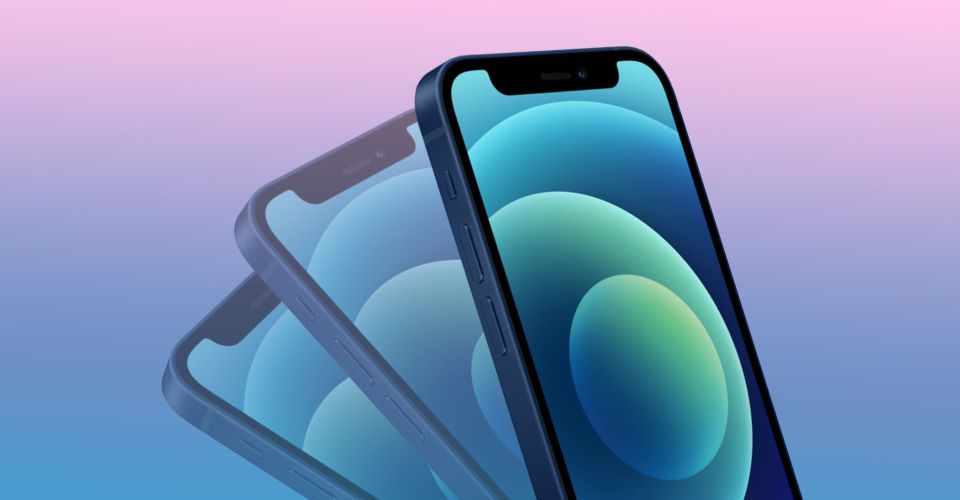How To Rotate An iPhone Screen (With Or Without Home Button)

Apple goes to great lengths to make the iPhone user-friendly, but there are a few instances where some features seem to be hidden or are controlled in a way that isn’t the most intuitive and auto-rotation of the screen is a good example of a frequently misunderstood iOS setting. For instance, when lying sideways, the user may find text and images displayed sideways and in need of a way to lock the screen. Here’s how to do it.
Apple’s focus on the user-interface really began in earnest in the early 1980s with the introduction of the Macintosh computer. The operating system drew upon innovative approaches to display information graphically instead of strictly via text, as was the case with most computers of that time. Also, the Macintosh was one of the first mass-produced computers to use a mouse. This graphical user-interface was important, but Apple’s focus on simplicity and consistency throughout its devices is what led to the well-known Apple slogan, “It just works.”
An iPhone automatically rotates the contents of the screen when the device is turned sideways, allowing easy use in portrait and landscape orientation. However, there are instances when a partial rotation of the iPhone will trigger the screen rotation causing an incorrect and unexpected side-view. Apple built a control into iOS to allow locking the display orientation to portrait view for times like this. To access, simply swipe down from the top right corner of the iPhone to open the control panel and look for the ‘Portrait Orientation Lock’ button, which looks like a lock icon with a circular arrow surrounding it. Likewise, if the screen does not rotate when it should, then it is worth checking to make sure the lock is not enabled and disabling it if it is. It is also worth noting that this gesture is different if using an iPhone that has a physical home button, such as an iPhone SE.
Rotating Screen On iPhone With Home Button

If using an iPhone with the circular, physical home button, the gesture to open the control panel is different. For these devices, swipe up rather than swipe down. Why Apple chose a gesture that is the exact opposite of its all-screen models is unclear and conflicts with the usual emphasis on providing a consistent user-interface. The control panel button that locks rotation is thankfully the same. Tap the button that looks like a lock inside a circular arrow. This forces the iPhone to use portrait orientation, even when turned sideways.
Forcing portrait mode can be quite helpful when reading in bed and lying sideways, but not every app supports the feature. Apple apps typically follow the development guidelines and should reliably lock and unlock orientation according to the setting in the control panel. This means browsing the web in Safari or reading Apple News or Books will work as expected with the lock preventing rotation. Most other popular apps will honor rotation lock as well. However, some apps only have a portrait mode, never switching to landscape. In this case, changing the orientation of the iPhone or using Apple’s control panel setting will have no effect.
Source: Apple
About The Author


















